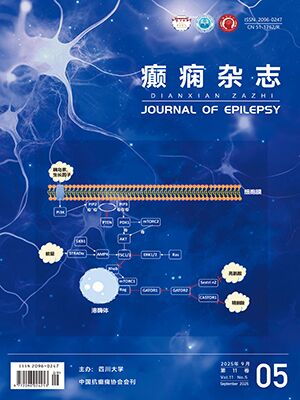| 1. |
Hunt JR. Dyssynergia cerebellaris myoclonicar primary atrophy of the dentate system:a contribution to the pathology and symptomatology of the cerebellum. Brain, 1921, 44(7):490-538.
|
| 2. |
Marsden CD, Harding AE, Obeso JA. Progressive myoclonic ataxia (the Ramsay Hunt Syndrome). Arch Neurol, 1990, 47(2):1121-1125.
|
| 3. |
Marseill Consensus Group. Classification of progressive myoclonus epilepsies and related disorder. Ann Neurol, 1990, 28(8):113-116.
|
| 4. |
Fahn S, Jankovic J. Principles and practice of movement disorders. Philadelphia:Churchill Livingstone/Elsevier Medicine, 2007:1-556.
|
| 5. |
王雪, 韩涛, 刘学伍.肌阵挛性小脑协调不能一家系临床及神经影像学特点.中华神经科杂志, 2012, 45(3):179-181.
|
| 6. |
van Egmond ME, Verschuuren-Bemelmans CC, Nibbeling EA. Ramsay hunt syndrome:clinical characterization of progressive myoclonus ataxia caused by GOSR2 mutation. Mov Disord, 2014, 29(1):139-143.
|
| 7. |
Sun L, Wu J, Liu C. Report of progressive myoclonus ataxia (PMA) in two Chinese pedigrees. Neurol Res, 2016, 24(6):1-4.
|
| 8. |
Guerrero-Lopez R, Garcia-Ruiz PJ, Giraldez BG. A new SCARB2 mutation in a patient with progressive myoclonus ataxia without renal failure. Mov Disord, 2012, 27(14):1826-1827.
|




